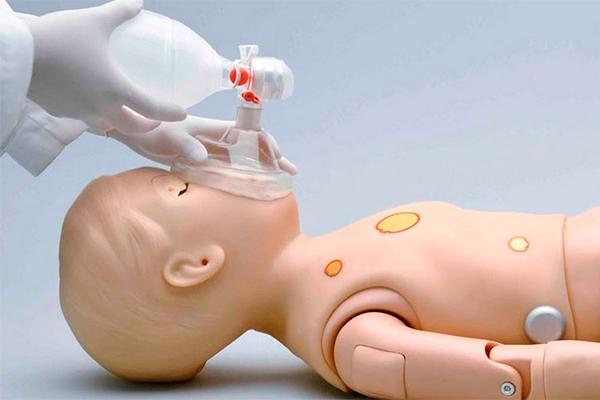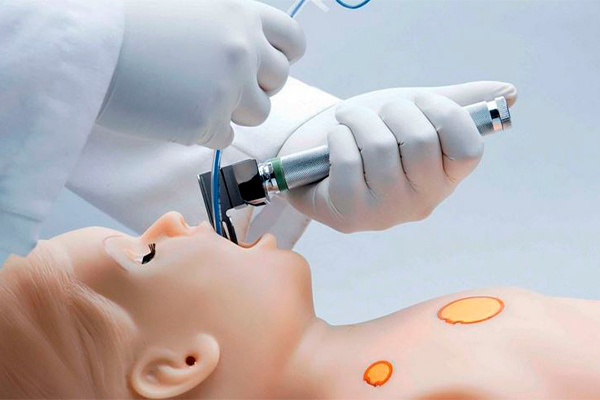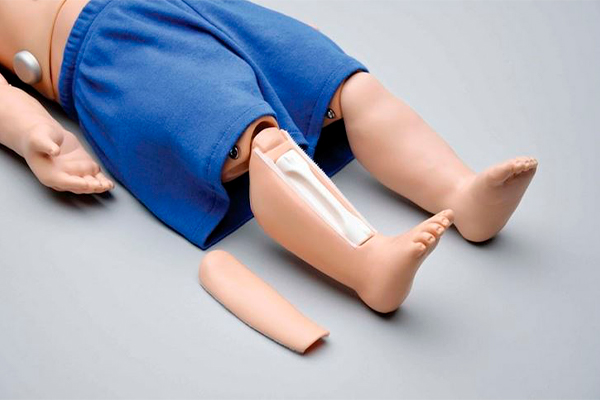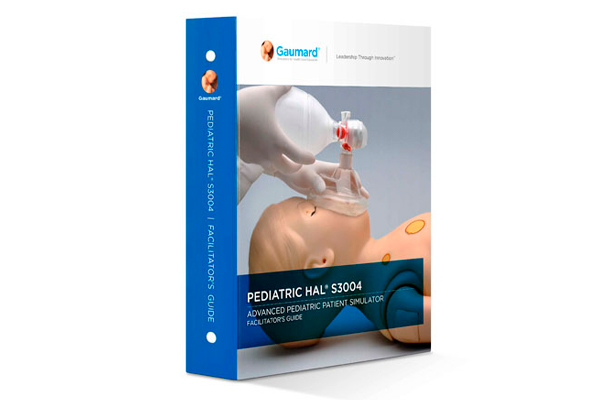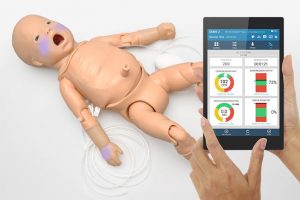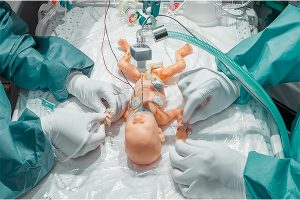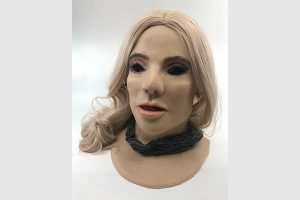SKILLS
- Abnormal respiration patterns detection
- CO2 monitoring (inspiratory/expiratory ratios)
- BVM ventilation
- Mechanical ventilators training
- Oral and nasal intubation
- Pulmonary and cardiac auscultation
- Resuscitation trainining (CPR)
- Naso and orotracheal intubation
- NG/OG tube placement
- Tracheostomy skills training
- Palpation of pulses (carotid, brachial, radial and femoral)
- Blood pressure measurement exercises
- Defibrillation, cardioversion and pace using real devices
- Seizure management
- IV training
- Intraosseous exercises
- Male and female urinary catheterization


